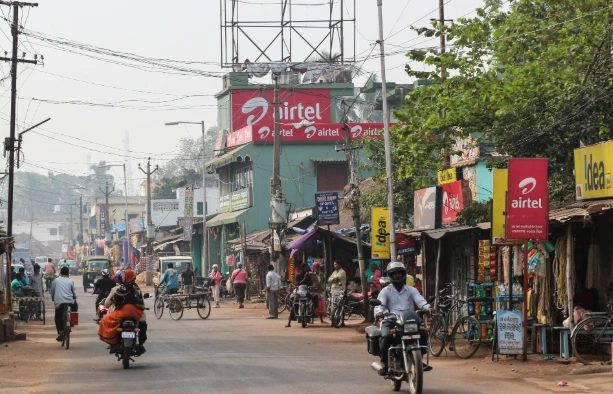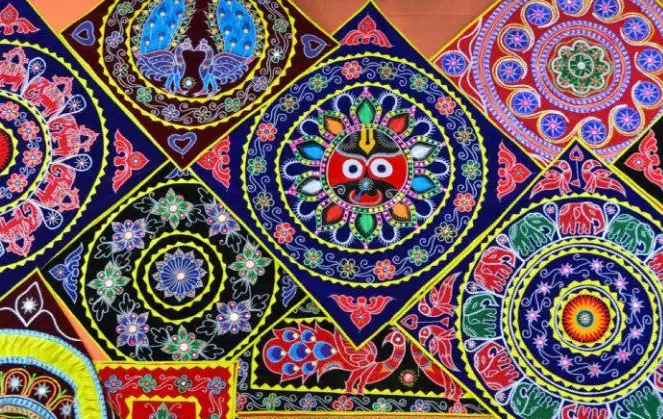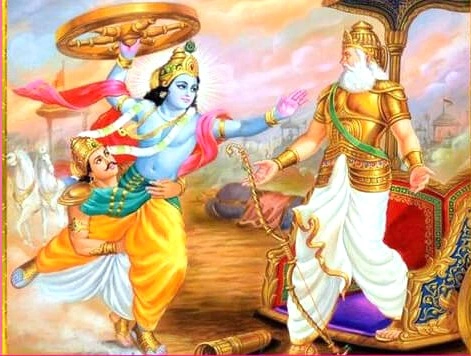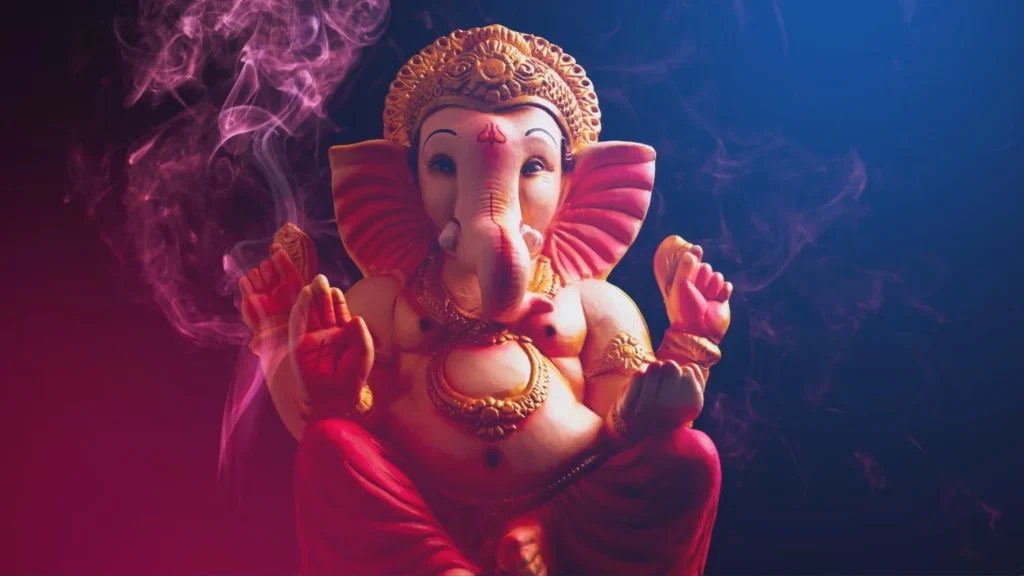
Table of Contents
Introduction
Indeed, India is a land of colors, cultures, and craftsmanship. Among these, the appliqué art of Pipili Chandua truly stands out like a bright umbrella under the Odishan sun. Found in Pipli, a village close to Bhubaneswar and Puri, this age-old art form is not just craft—it is heritage. For example, it decorates temples, adorns rituals, and captures the soul of Odisha’s folk tradition. In addition, each design carries symbolic meaning. Furthermore, the vibrant color palette reflects the festive spirit of the region. As a result, Pipili has become a major cultural hub. However, keeping up with modern trends has become essential for artisans. Because of this, Chandua products are now evolving with contemporary tastes. Therefore, they are gaining recognition in both national and international markets.
Now, let’s take a detailed journey through the lanes of Pipli and explore how Chandua continues to shine through history, spirituality, and artistry.The Village Behind the Craft
Situated just 18 km from Bhubaneswar, Pipli is not just a village anymore—it’s a symbol of artistic expression. Although the town has grown urban in appearance, its identity still rests in the delicate stitches of Pipili Chandua. In fact, the entire economy revolves around this craftsmanship, handed down over generations.
Especially during Lord Jagannath’s Rath Yatra and other festivals, Pipli’s appliqué items like canopies (chanduas), umbrellas (chhatris), and banners frequently travel far beyond Odisha’s borders.
What is Pipili Chandua?
Traditionally known as “Chandua,” Pipli’s appliqué art is a technique where fabric pieces are cut into shapes and stitched onto a base cloth. Whether it’s gods, animals, birds, floral designs, or geometric patterns—each element is hand-cut, designed, and sewn with needle, mirror, and sequins.
Nowadays, Chandua isn’t just for temples. From lanterns to bedsheets, and even cushion covers to bags—this art is seen everywhere.
A Craft With Centuries of Legacy
Although the exact origin of Chandua is unclear, it is believed to have taken shape during the 17th–18th century. Interestingly, some link it back even earlier—to the 10th-century Somavamsi Dynasty that supported artisan communities. Originally, it was practiced by the ‘Darji’ caste, but over time, it has come to transcend community barriers.
Moreover, both Hindus and Muslims in Pipli contribute to this art, making it a beautiful reflection of communal harmony.The Crafting Process
Stitching & Design
The appliqué process involves:
- Cutting colored fabric into desired motifs
- Sewing it onto a base cloth
- Embellishing with mirrors, sequins, or embroidery
Common stitching types include:
- Bakhia
- Taropa
- Ganthi
- Chikana
- Button Hole
- Ruching
Quilting Techniques
The Backbone – Women Artisans of Pipli
Interestingly, most of the sewing is done by women in the village. From teenage girls to elderly women, they engage in stitching for hours—even 10+ hours a day—earning a modest income.
However, low pay and limited job opportunities have driven many away from the craft. Some now work in apparel factories outside Odisha. Despite this, the women of Pipli remain the soul of Chandua.Challenges Faced by Artisans
Despite its beauty, the Pipili Chandua tradition is under threat. Several factors contribute to its gradual decline:
- To begin with, Lack of Raw Materials: After the closure of Odisha Textile Mills (OTM), artisans now depend on supplies from Surat and Kolkata. Unfortunately, the quality and color variety are poor.
- Moreover, GST Impact: Taxes on cloth and steel wires have significantly raised production costs, leading to reduced consumer demand.
- In addition, Tourist Bypass: A newly constructed bypass road has decreased footfall in Pipli, severely impacting local shop sales.
- Lastly, Internal Conflicts: Tensions have emerged between older artisans and newer entrants from other communities, causing disruption within the craft ecosystem.
From Temples to Trendy Decor
Originally reserved for religious functions—like Ratha Yatra or Chandan Yatra—Chandua has now gracefully transitioned into everyday life. Nowadays, its presence is seen across various forms of utility and décor.
You’ll commonly find Chandua on:
- Home décor items such as lampshades, wall hangings, and cushion covers
- Garments including blouses, handbags, and frocks
- Wedding canopies and festive shamianas that elevate celebrations
People Also Ask
1. What is Pipili Chandua famous for?
2. Where is Pipili Chandua made?
3. What products are made using Chandua art?
4. Who are the artisans behind Pipili Chandua?
5. Is Pipili Chandua dying?
How You Can Support the Pipili Chandua Tradition:
- To begin with, buy local: Purchase authentic Pipili Chandua items when you visit Odisha.
- In addition, share stories: Spread awareness by sharing the stories of these skilled artisans.
- Furthermore, promote education: Support art programs and craft-based learning in rural communities.
- Moreover, collaborate: If you're a designer or entrepreneur, work directly with Pipli artisans.
- Finally, preserve heritage: Join the movement to keep this vibrant tradition alive for future generations.


